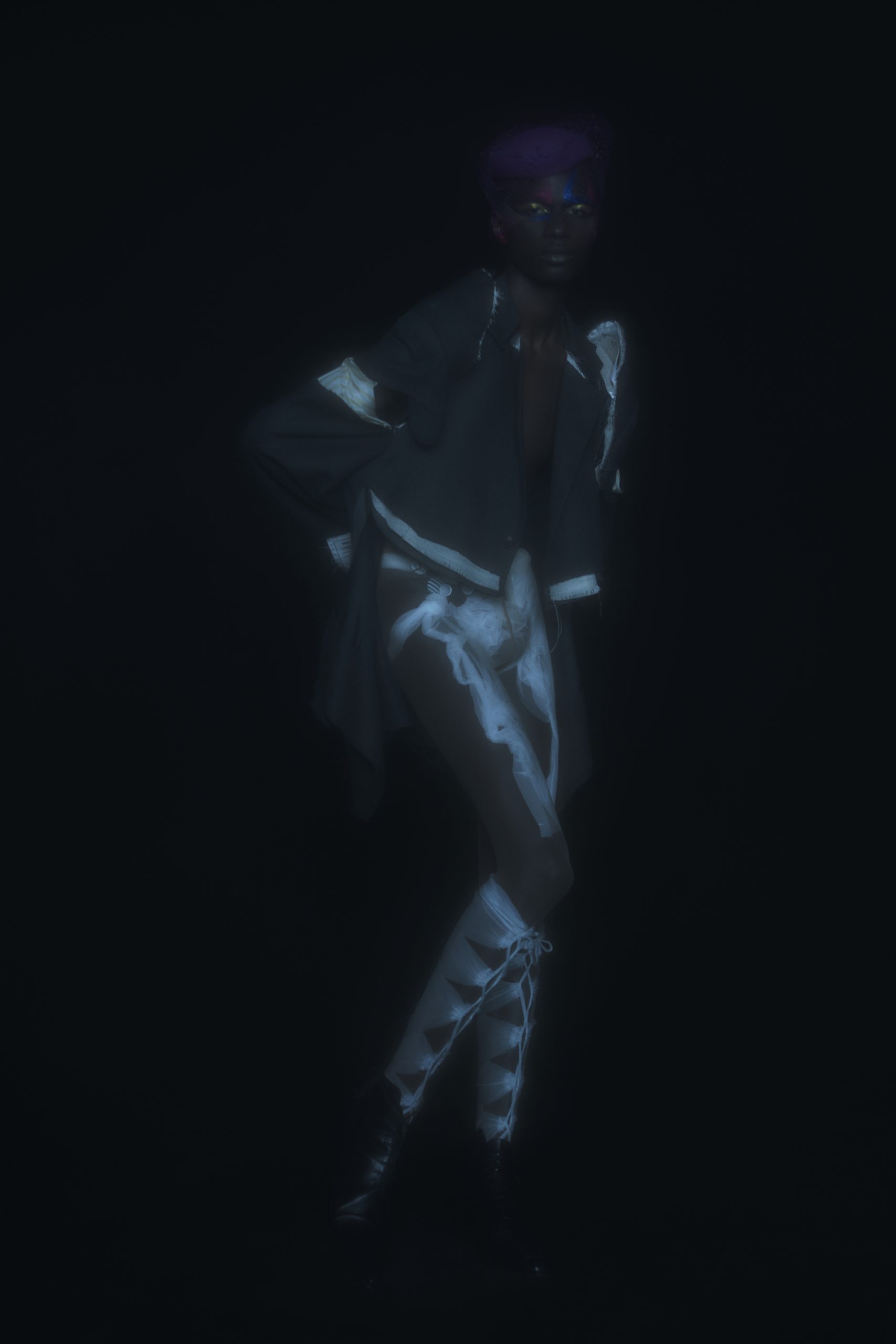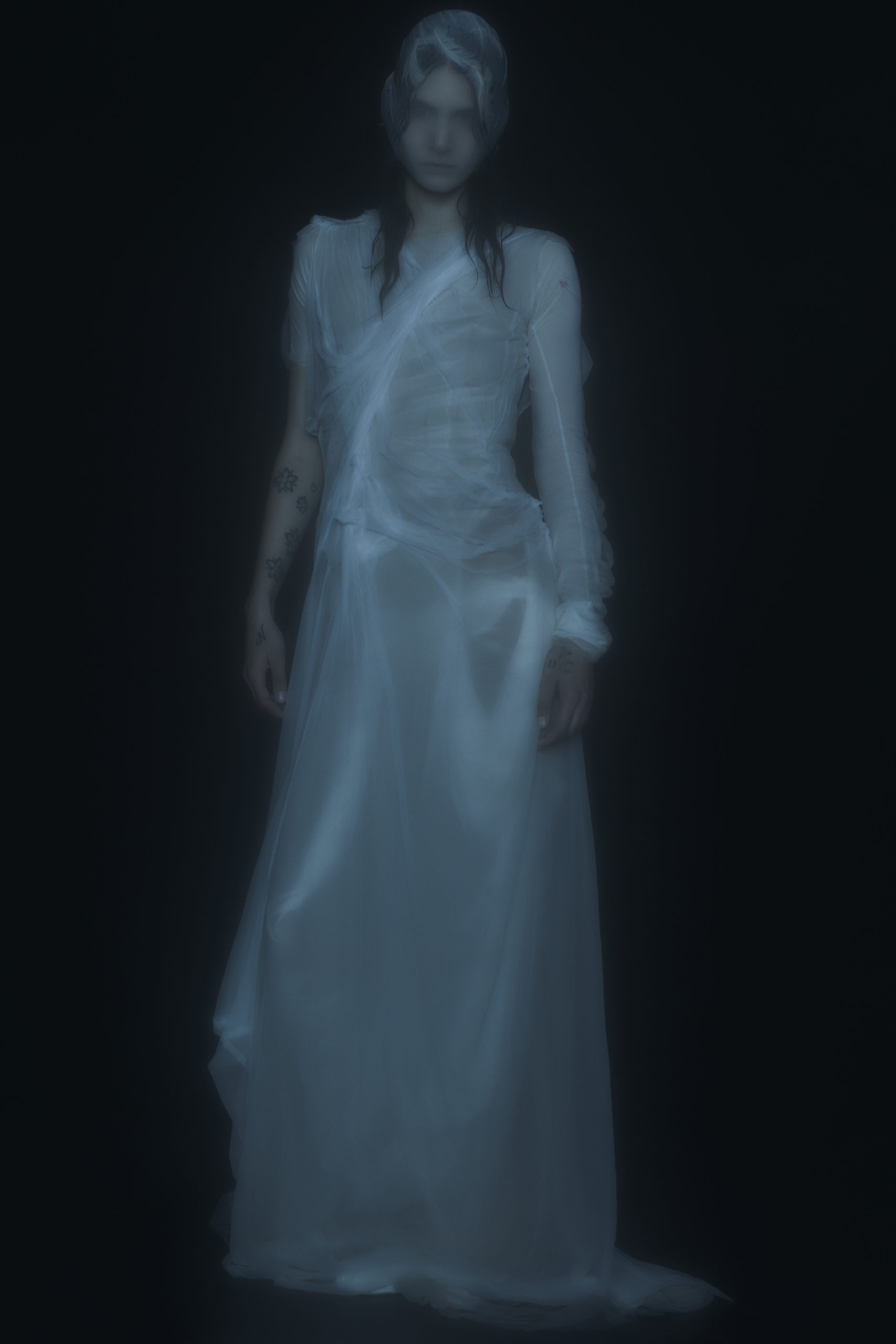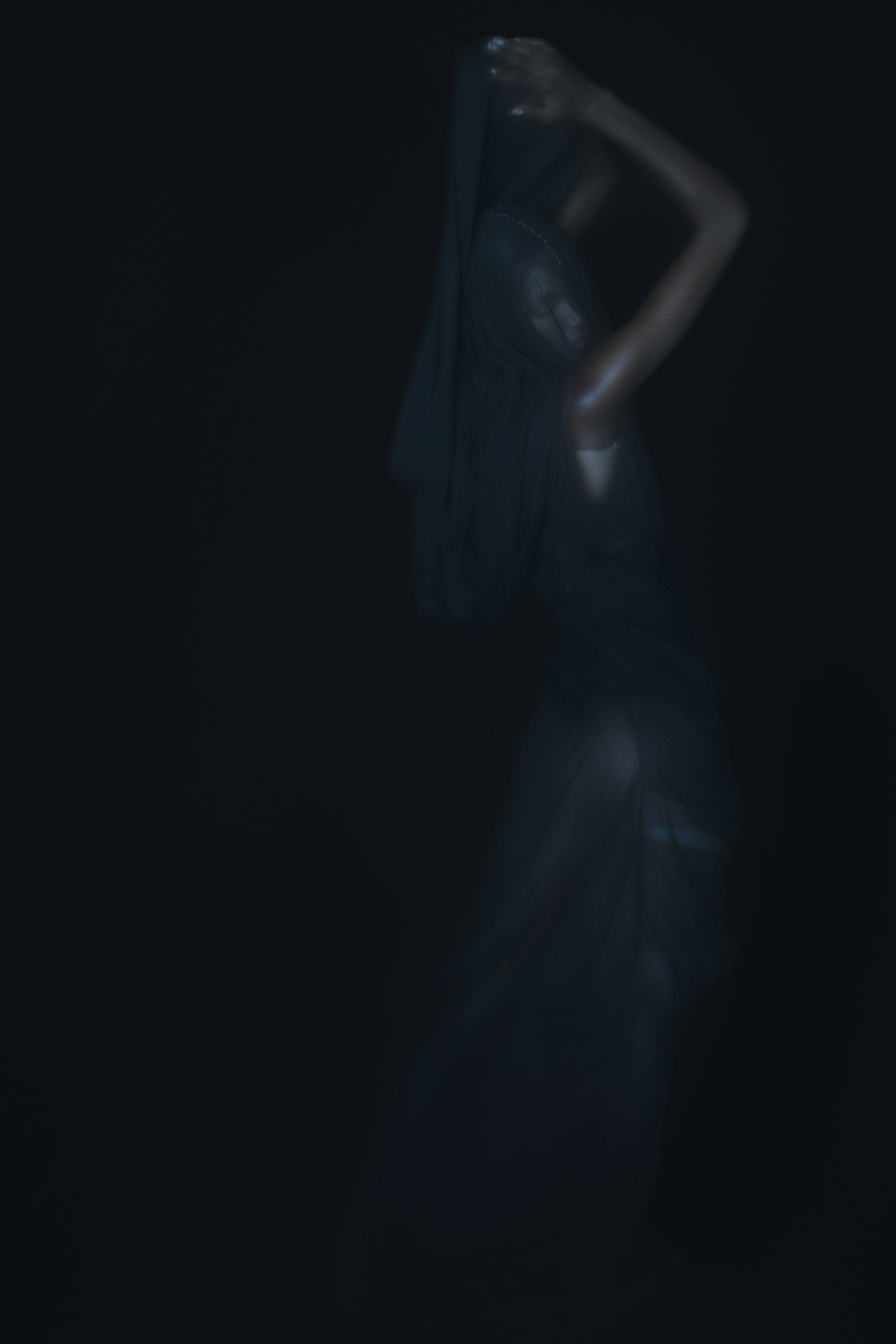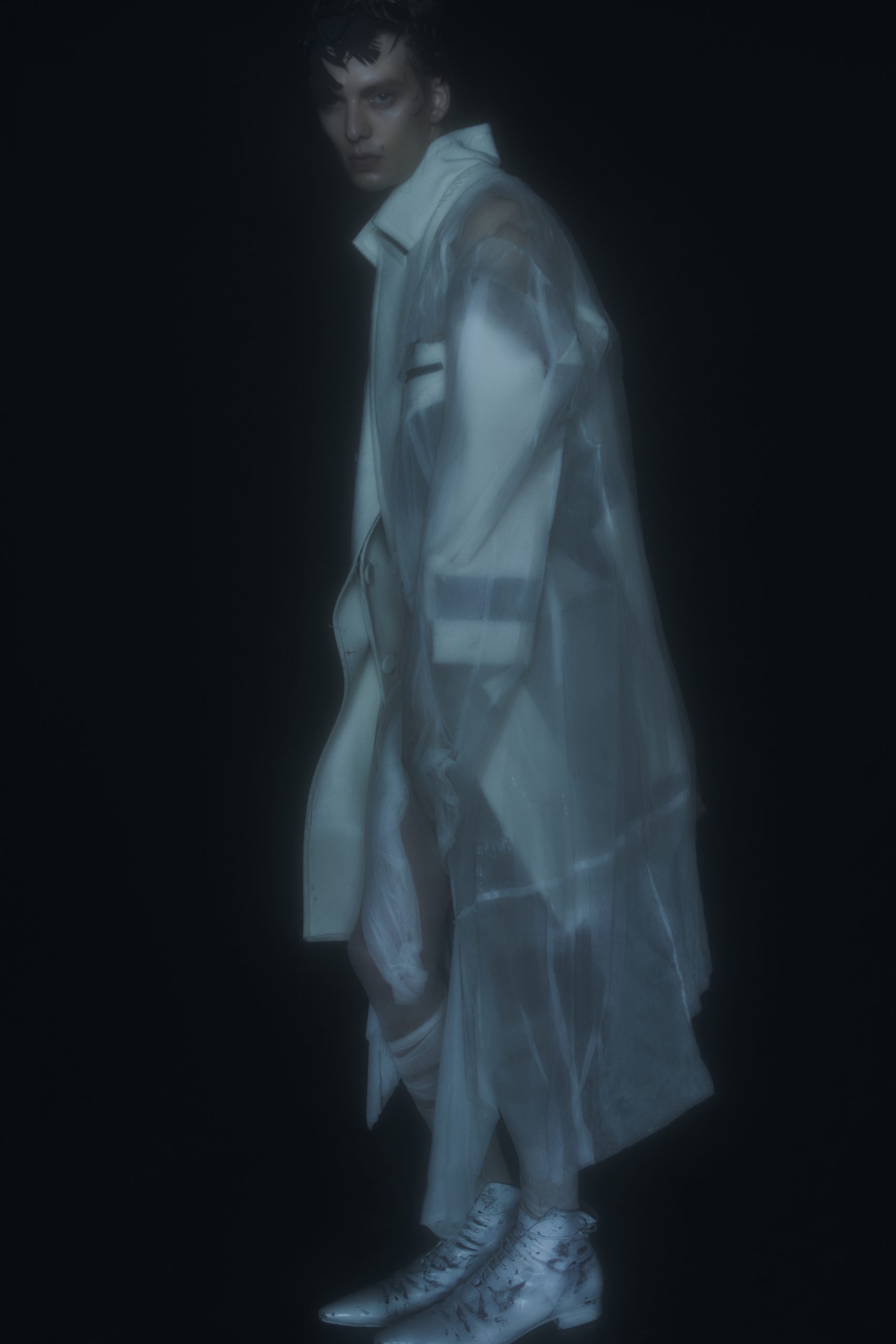BY LONG NGUYEN
Artisanal in Broad Daylight
MAISON MARGIELA ARTISANAL Fall – Winter 2021
“Hope, Heroism and Hedonism,” said John Galliano, the creative director of Maison Margiela in his seasonal podcast discussing the genesis of each collection. “I was hungry for beauty, I was hungry to express myself, ” the designer continued, mentioning his experiences of the strict lockdown in France.
“I thought this would be a wonderful time to reinforce the ethics of Maison Margiela, of everything we stand for and to record it in some ways that would appeal to generation Y and Z as well. And the idea that the process to which sometimes we are not all privy – the creative process and how that becomes the final outfit in the artisanal collection,” Galliano said of his decision to collaborate with Nick Knight to film the entire process over a two month period to reveal every aspect of creating the different looks at the atelier. The resulting film is presented in lieu of an actual show for this canceled haute couture season.
“S.W.A.L.K” – the official name of the film – feels more like a sort of family documentary project on the making of the fall-winter Artisanal collection. In this fourth and final of the four-part installments broadcasted since last week, the opening scenes feature a multi-screen Zoom call connecting many of the key people who are involved in the creation of the collection, from the entire group of ateliers to consultations with makeup and hair artists Pat McGrath and Eugene Suleiman, the photographer and director Nick Knight, and music producer Jeremy Healy, to implement the aesthetic vision.
The film’s central narrative is an in-depth dissection of the creative and production process in its entirety, with great minute details from the initial conception of the idea for the collection to ultimately the garments’ final forms on the different models to practice their walks. Along the way the entire team at the ateliers eventually found the visual representations necessary and began cutting a preliminary toile approximation of a garment to fit onto a live model. Even making the right footwear requires significant handiwork whether it’s a tweed sandal or brown leather tabi.
An image of the fabrics encircling ballet dancer Nureyev’s feet becomes the shapes of the uneven folding and draping of a white chiffon dress, seen being fitted on the model Nikki Geux by Galliano and the head of the atelier. A black secondary layer is added on top of the white to create an asymmetrical layering so the dress takes on a 3D volume just like how Martin Margiela had done in the early 1990s by stuffing a simple charcoal tee-shirt underneath a sheer tulle tank. A classical Greek dress becomes a 21st-century couture gown. When a picture of a red chiffon dress was seen in a projection with lines overshadowing the dress, an overlay tulle cape adorned with strips of silver was added into the final outfit.
We observe how several of the brown jackets and coats – one short version was worn by Anton Engbrox, a muse of the house, with just his underwear during a fitting – are cut open at the shoulder by the tailleur specialist using large steel scissors to slice the sleeves apart and pulling the inside structure forward. Hand techniques are what differentiate and what are unique about couture, here at Maison Margiela or at other couture houses. Or a light ecru felt wool coat is cut just below the chest and becomes a cropped jacket with sleeves that hang to the sides or a coat with multiple sleeves.
Galliano even reprises one of his special cutting techniques called the circular cutting from his early London days. Dresses from his Spring Summer 1987 collection with complex circular constructed front cowl and circular cut sleeves that revolve around the hands. Here circle cutting is manifested in the jackets with round instead of straight sleeves. The imperfect shapes allow ways to create different silhouettes.
Well you get the clear idea of what couture, the creative process, and the human values they engender are from this film.
The imagistic story of the collection or the aesthetic breath of the collection begins with the idea of the New Romantics in the 1980’s London Club scene where the ‘Blitz Kids’ were setting trends by mixing up eras to gather their nightly outfits. It was an era of gender fluidity. Now since Galliano’s arrival at Margiela, it’s a new set of rules adding to the established house DNA like upcycling, replicas, and sustainability.
Selected by Galliano, the male models in this documentary – Anton Engbrox, Malick Bodian, Leon Dame – are today’s versions of Steve Strange, Rusty Egan, David Holah, and Stevie Stewart – especially when they wore white or yellow stockings over their faces in a dress rehearsal for a pseudo catwalk. The guys are seen prancing around the atelier as if it were the actual Blitz Club on a Tuesday night long ago. At the end of the film all the models danced around a small stage with David Bowie tunes blasting and blinding colored lights all around.
In the midst of all this seemingly creative chaos, Galliano remains a master tailor as well as a master dressmaker with deep knowledge not just of cutting and draping but also well versed in historical references from both recent and distant eras. Even as a playground for experimentation, couture is still very much based on traditional craftsmanship and it also encompasses culture. It’s like learning a new language based on the old language.











































